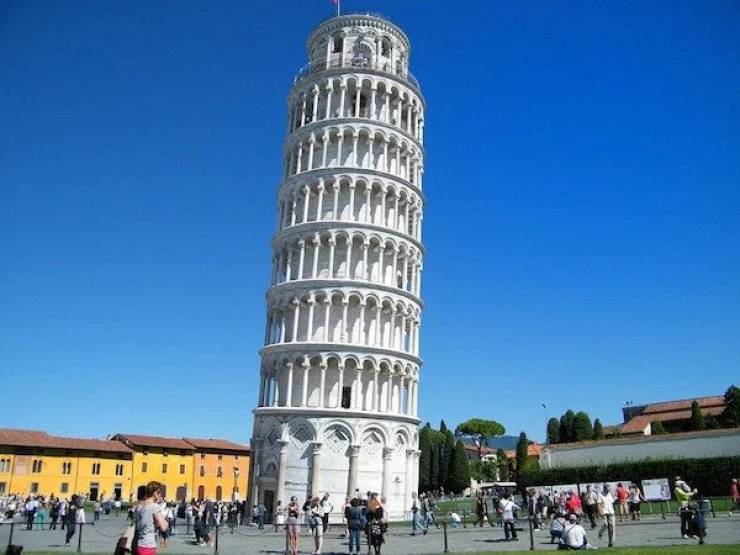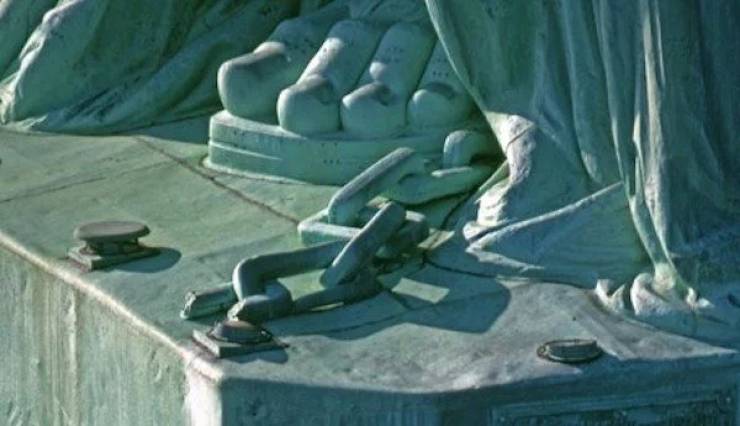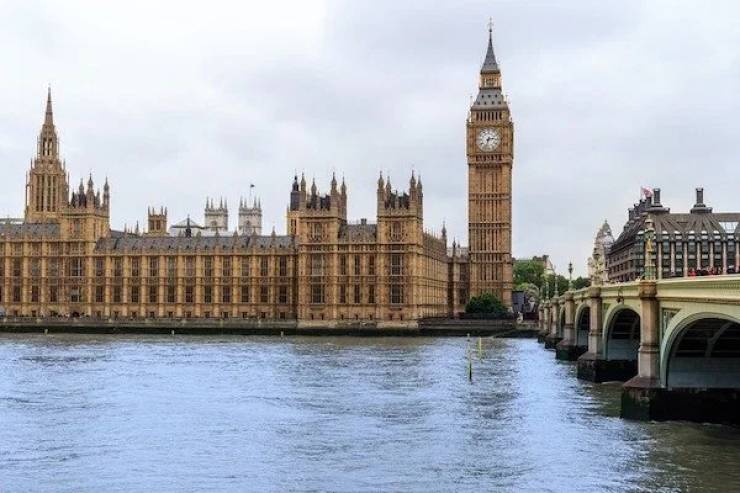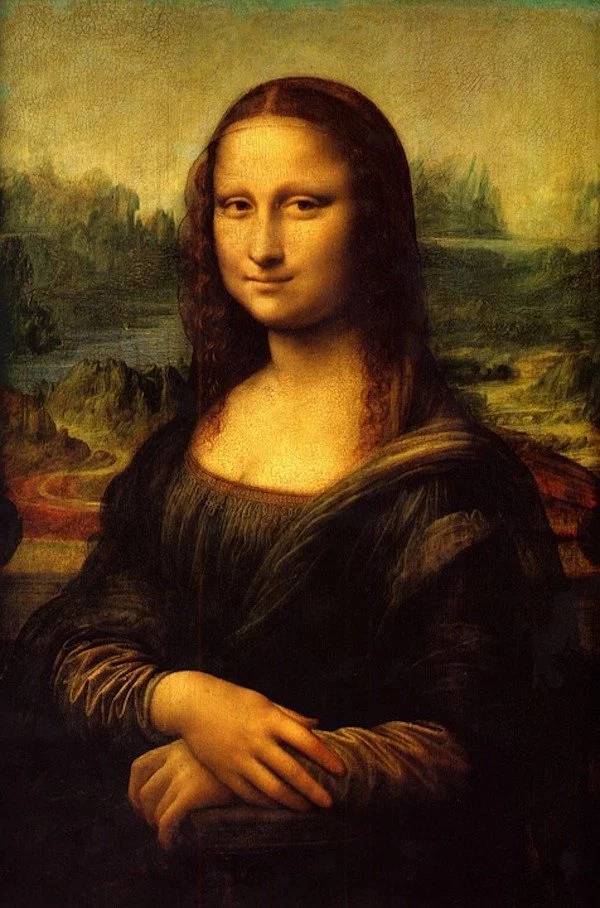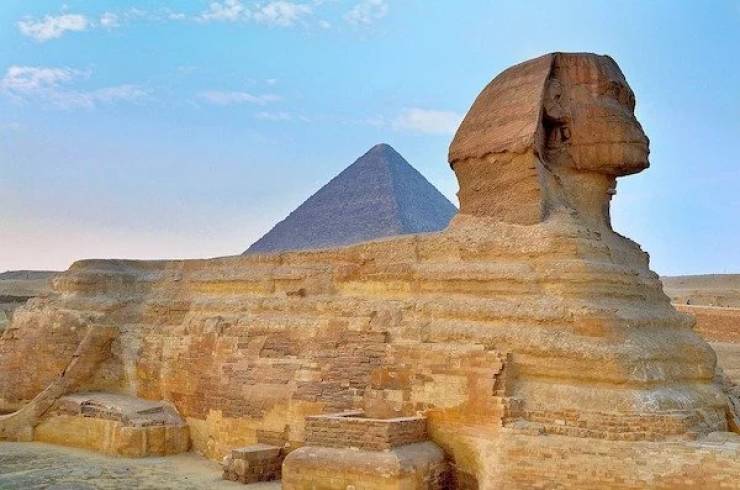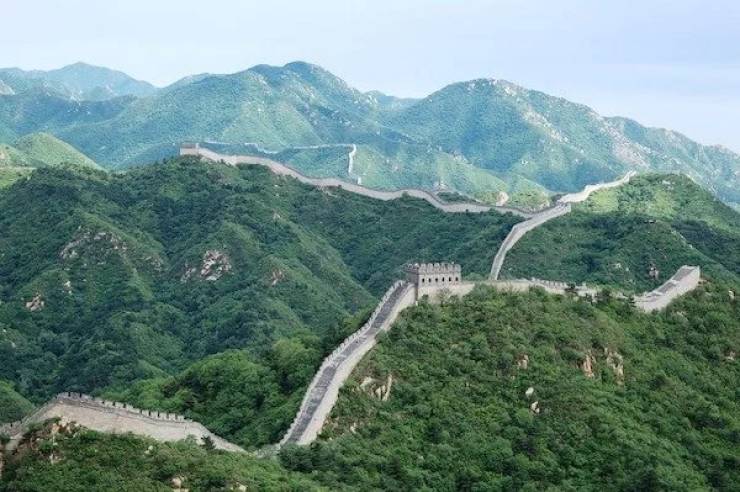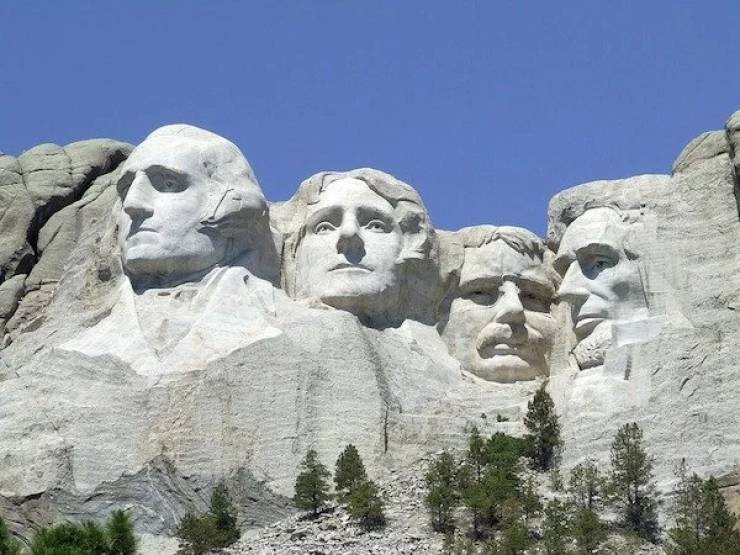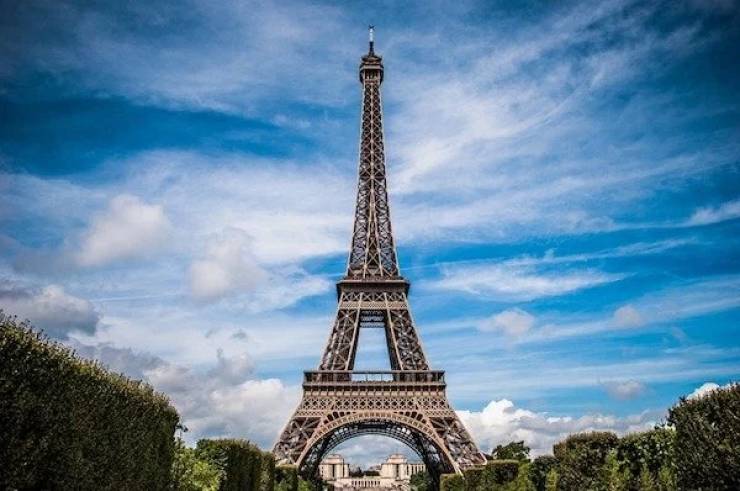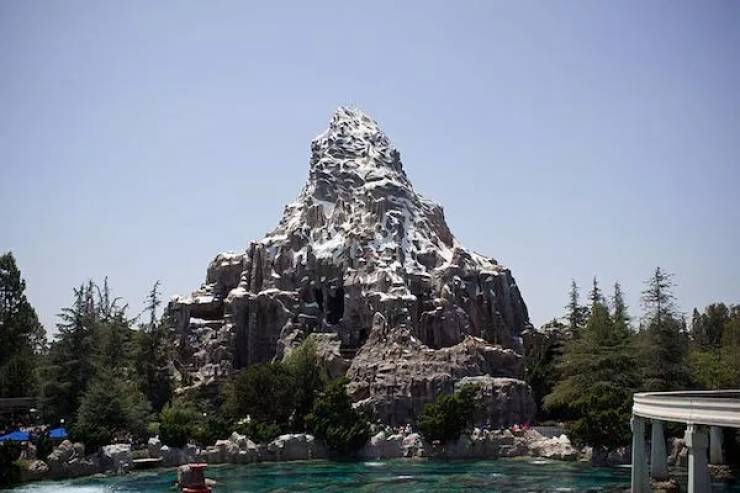The Leaning Tower of Pisa is a mystery in many ways, including who built it. The landmark was built over the course of 200 years and therefore it is unclear who was the main architect. One candidate historians believe built it is Diotisalvi–he designed the baptistery located next to the tower which is built in the same style.
At the feet of the Statue of Liberty lies a broken chain, but most visitors don’t know the reason for it. The French gave Lady Liberty to the U.S. in 1886 for its 100th anniversary of the American Revolution and the broken chain symbolizes the repeal of slavery, brought on during the conclusion of the Civil War. The statue also represents freedom and democracy.
The name Big Ben does not refer to the tower within the British Houses of Parliament, but just the bell itself. The structure that holds the bell has its own name, The Elizabeth Tower, and no one knows for certain in whose honor the bell was named Big Ben. One theory states that it was named after Benjamin Count, a heavyweight boxing champion.
There have been many copies of Leonardo da Vinci’s famous Mona Lisa, but experts believe that there is one other painting by da Vinci himself. It is thought that the other painting is from a different perspective and is most likely an earlier version of the masterpiece.
The Great Sphinx of Giza is the oldest statue in the world and was originally more colorful and ornate. The only color that remains today is behind one of its ears. Many people believe that the statue originally had the head of a lion and that a human head was carved over it many years later. This is due to the different proportions of the small head and giant body.
During construction of the Golden Gate Bridge, the Navy wanted it to be painted in black and yellow stripes so that it would be visible in the fog. The architect working on the bridge, Irving Morrow, convinced the Navy to paint it dark orange so that it would still be visible at all times and gave it a more attractive appearance.
They are still finding unknown portions of the Great Wall of China as recently as 2012. In the past decade, archaeologists have located some of the northernmost sections yet to be identified, standing in and on the border of present day Mongolia.
Gutzon Borglum, the architect of Mount Rushmore, wanted to create a secret room where future visitors could find records and information of America’s history within the cliff. He built a cave behind Abraham Lincoln’s head for this purpose, but he died before he was able to finish it. In 1998, copies of historical documents and memoirs of U.S. presidents were placed inside the cave and now serves as a time capsule.
The designer of the Eiffel Tower, Gustave Eiffel, built himself an apartment on the top floor. The apartment has a kitchen, bathroom, two bedrooms, and a living room and he often times used it to have guests over. One time, he had Thomas Edison over for a visit and today it serves as a museum, complete with wax figures of Eiffel and Edison.
The Matterhorn at Disneyland is the first tubular steel continuous track roller coaster and is designed after a mountain in the Alps of Switzerland. Inside the attic at the top of the mountain there is a basketball hoop that climbers and cast members used to pass time in between shifts or when there was bad weather.

